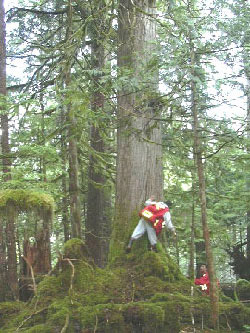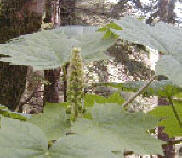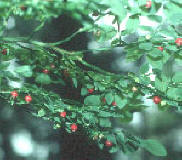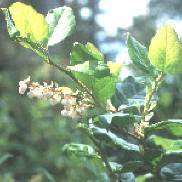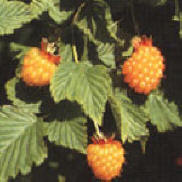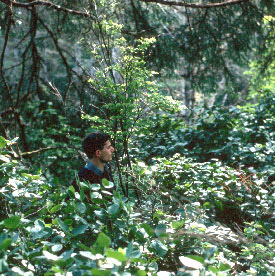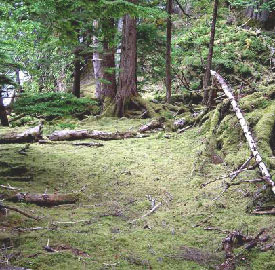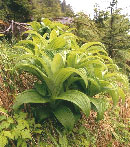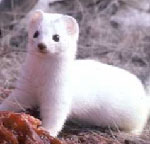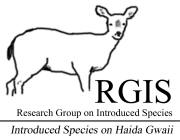

An overview of consequences
- Menu
- Home
- Haida Gwaii
- Introduced Species
- RGIS
- What did we learn?
- Research
- Publications
- RGIS symposium
- School curriculum
- Contacts
- English
- Français
|
||||||
|
Sitka
black-tailed deer are a sub-species of mule deer of the BC mainland. They were first introduced to the Masset area of Haida
Gwaii in 1878. These deer were brought from the islands near Prince
Rupert. It is believed that these first deer were hunted out in a few
years. |
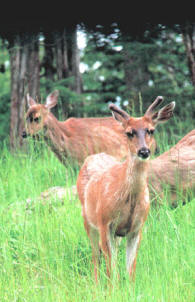 |
|||||
|
Their ability to swim has gotten the deer to all but a few, small off-shore islands of the archipelago |
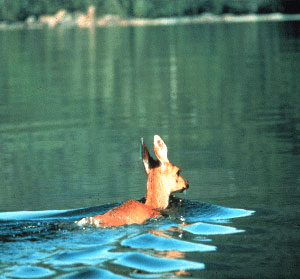 |
|||||
|
Deer were brought to Haida Gwaii to provide subsistence and recreational hunting opportunities. They continue to supply these and have become an integral part of the Islands' lifestyle. |
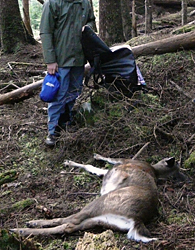 |
|||||
Deer also supply an aesthetic element to the Islands' landscape and are a popular tourist attraction. Who wouldn't be charmed by their big eyes and grace? But......... |
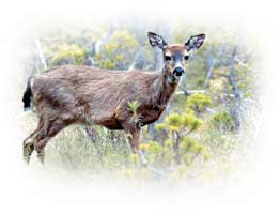 |
|||||
|
||||||
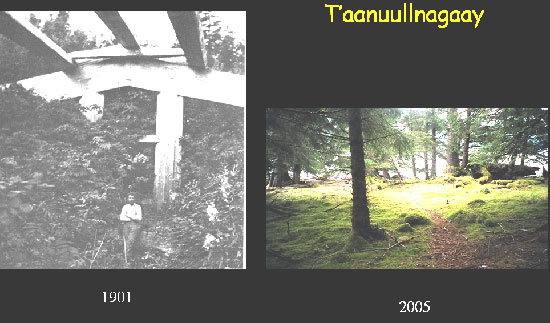 |
||||||
|
||||||
|
||||||
|
||||||
|
||||||
|
||||||
|
The forest industry is very concerned about deer browse impacts and what it is doing to their incomes. 1. Deer browse on Sitka spruce and Western hemlock slows growth of seedlings by 5 to 13 years, thus slowing re-cutting plans. |
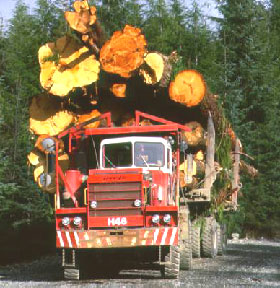 |
|||||
|
2. Deer browse on Western Red cedar and cypress is so severe that young trees need to be planted in protective tubes. This adds to the cost of re-forestation. It also reduces considerably the natural regeneration of cedar species. |
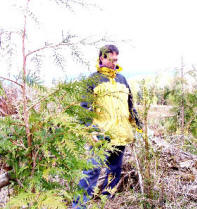 |
|||||
|
Haida people are concerned about Introduced species, especially deer, for their impacts on plants and animals used for traditional food, medicines, fibre and ceremonial activities. Red cedar is central to Haida culture for monumental pieces; buildings, poles, canoes, houses and many smaller items. |
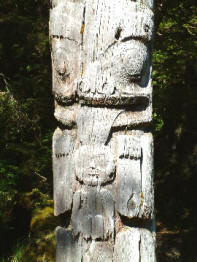 |
|||||
|
Deer browse is having an impact on plants that are traditionally used for food, fibre and medicines. |
|
|||||
|
Introduced
species are also having an effect on ceremonial activities. Reduction
in cedar growth means less for the many ceremonial products. Haida
ermine are too rare now to use skins to trim ceremonial headpieces. |
|
|||||
| return to top of
page |
||||||
